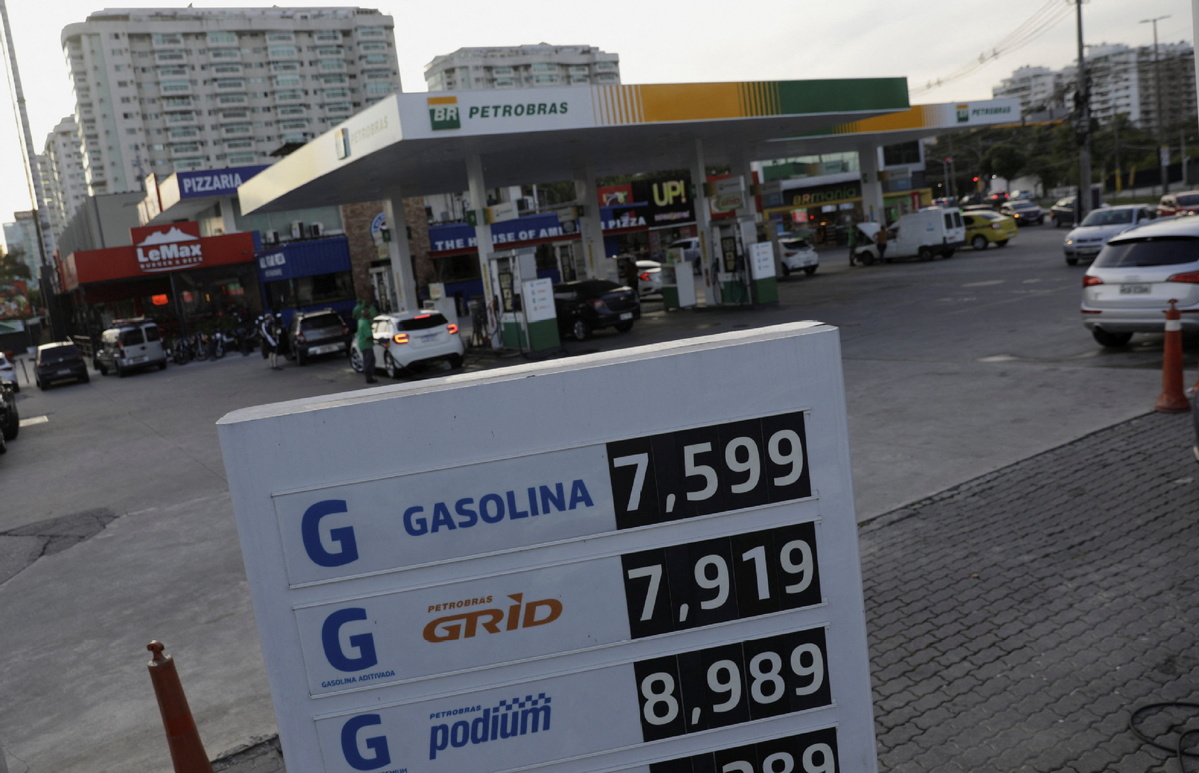Inflation hinders Latin America's recovery
By SERGIO HELD in Cajica, Colombia | CHINA DAILY | Updated: 2022-05-09 07:12

Rapidly rising prices are creating new challenges for Latin American countries eager to move past the pandemic and get their economies back on track.
While high inflation is often the norm across much of the region, the current bout is particularly worrisome as it could extend the economic pain from two years of lockdowns and curtailed activity, analysts said.
"Rising inflation is bad news for the poor and will have negative effects on domestic demand in all countries, especially in Mexico and Brazil," said Alberto Bernal, chief emerging markets and global strategist at the financial services firm XP Investments.
Most of the region has been deeply affected by rising prices, a phenomenon that is also affecting much of the world, as a result of jammed supply chains, pent-up demand from years of lockdowns and most recently, the conflict in Ukraine and sanctions on Russia.
In Chile, inflation rose 1.9 percent in March alone, driven in large part by soaring food costs. The rise in prices in the country is the highest since 1993 and put the 12-month inflation rate at 9.4 percent-the largest since 2008.
In neighboring Argentina, consumer prices rose 55.1 percent on an annual basis in the past 12 months. Food prices surged almost 60 percent during the past year. The government of President Alberto Fernandez has tried several measures, including limiting exports of beef, to contain prices, but has met with little success.
"Absurd things have happened in countries like Argentina, where the central bank raised rates without allowing (commercial) banks to raise theirs, putting at risk credit access programs," said Erick Behar-Villegas, economics professor at the Berlin International University of Applied Sciences.
Potential risks
Fernando Castello-Sirvent, economist and professor at the ESIC Business & Marketing School in Spain, said he is concerned about the impact that the rise in inflation and a potential deterioration of the economic recovery will have on the programs and instruments in place in different countries in Latin America.
While public policy design must "adapt its strategy through ex ante evaluations to adjust to the new normal", the risk of an aggressive and precipitous increase in interest rates could weigh on the region's economic recovery, he said.
People are feeling the heat of inflation on the streets and in households in Latin America. In Peru, the government led by President Pedro Castillo faced serious protests and riots stemming from high food prices.
Fertilizers are a key part of the current inflation problem in Latin America. Western sanctions against Russia are limiting the region's access to fertilizers that drive agricultural production.
Oil prices are also being monitored closely to understand where inflation is headed.
According to estimates from the International Monetary Fund, the consequences of the Russia-Ukraine conflict will mean that "for every 10-point increase in the international price of oil, there will be an equivalent increase of 0.2 percent in inflation in these (Latin American) countries, while the same 10 points in the case of food would have an impact five times higher on inflation", Castello-Sirvent said.
The writer is a freelance journalist for China Daily.
























